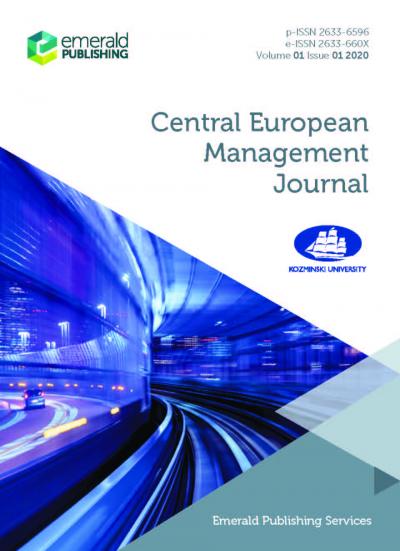Company Actions and Value Drivers: Manager Reports from Polish Firms
Ryszard Kłeczek
Wroclaw University of Economics
2018 26 (1) Central European Management Journal
DOI 10.7206/jmba.ce.2450-7814.217








